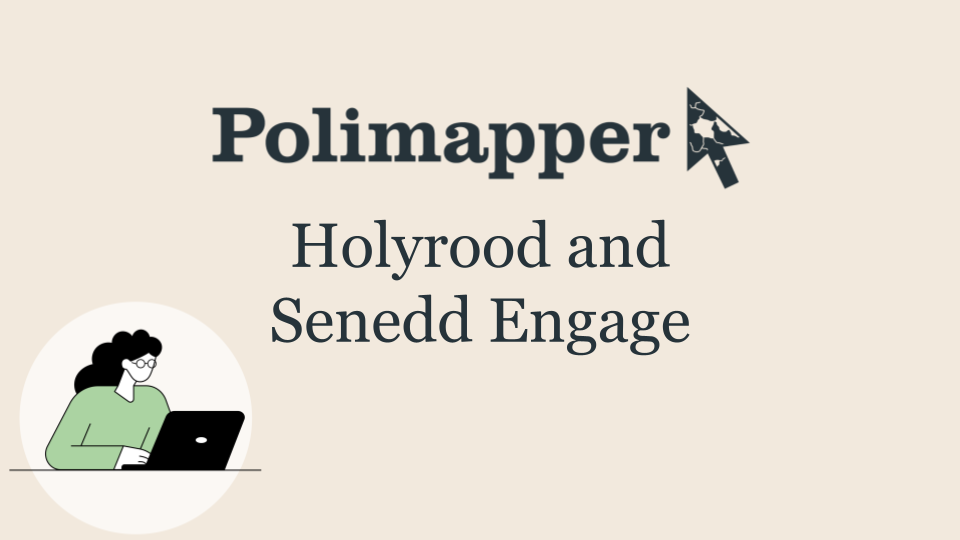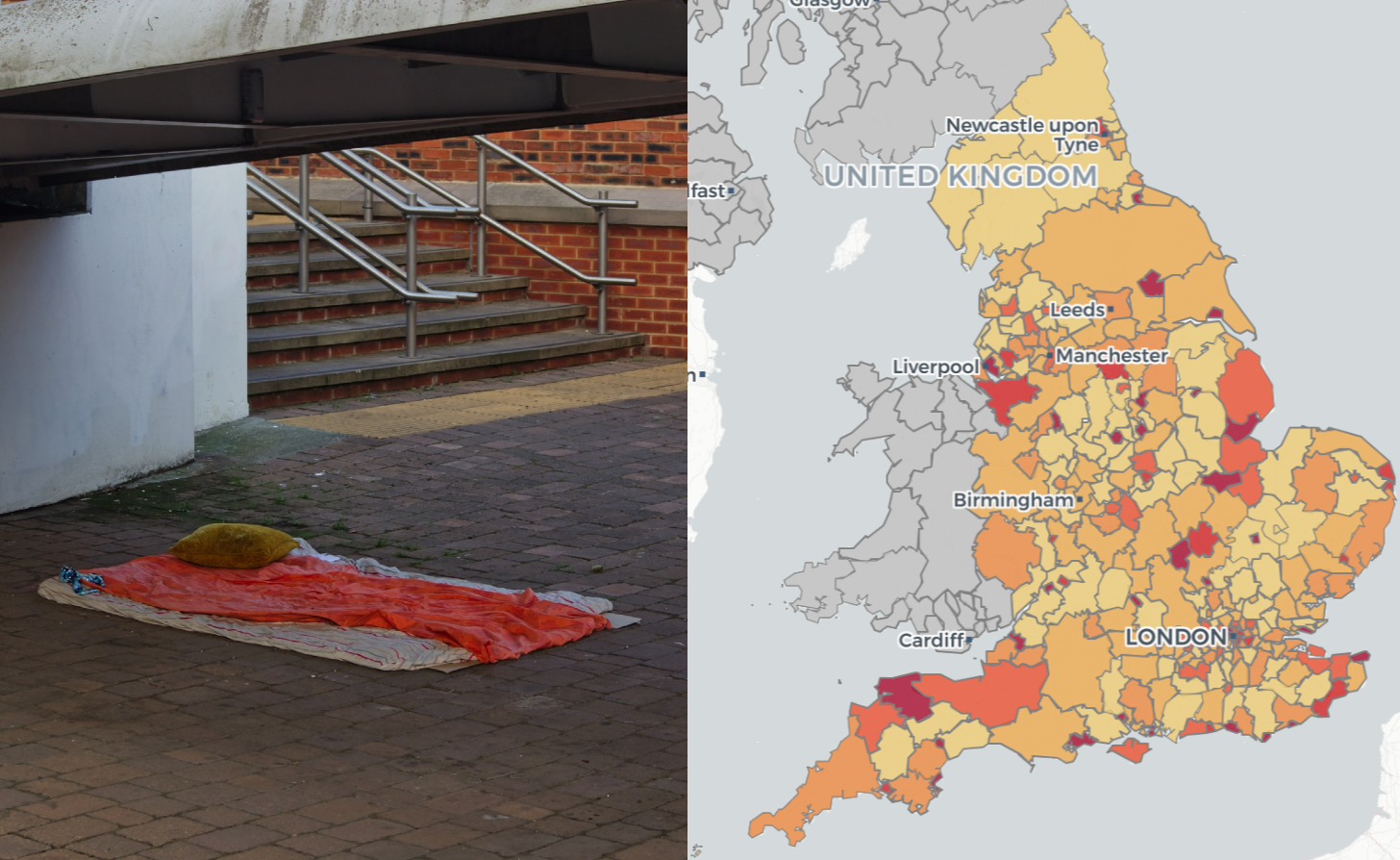Majority of inner London pupils claiming free school meals pursued higher education in the academic year 2023/24, new figures show. This is well above the national average.
The Department for Education has published a new statistical release measuring higher education (HE) progression among pupils in state funded schools by age 19. The figures reveal that 51% of inner London pupils on free school meals (FSM) have progressed to university in the academic year 2023/24, compared to a national rate of 29%.
Overall, the rate of pupils in state funded schools who have pursued higher education has decreased from 46.9% in 2022/23 to 45.8% in 2023/24. The gap in progression between FSM and non-FSM students has also slightly decreased, from 20.8% to 20.1% over the year.
Additionally, figures show that progression varies considerably by ethnic group. While white pupils were the least likely to progress to HE by age 19, at 40.5%, Asian/Asian British groups saw the highest progression rate, at 67.4%.
At Polimapper, we have visualised higher education progression by upper-tier local authorities in England.
The London boroughs of Westminster, Redbridge, and Kensington and Chelsea saw the highest progression rates amongst FSM pupils, at over 58%. Conversely, this was lowest in Blackpool and Herefordshire, at 11% and 13% respectively.
Redbridge also recorded the highest progression rate among all pupils at 71%, while Knowsley saw the lowest, at 26%.
About this map
The visualisation below shows higher education progression among pupils under the age of 19 on free school meals. This is mapped by upper tier local authority in England.
To view statistics in your area double click on the map or click here to launch the full page visualisation.
Geodata context
Commenting on the data, organisations highlight the need to close the disadvantage gap.
Sarah Hannafin, head of policy at the National Association of Head Teachers (NAHT): “Children’s educational attainment and life chances should not be constrained by their family’s means or where they live.”
“While on the face of it these figures indicate that this remains a real issue, they aren’t supported by any analysis of why some young people are not progressing to university and it’s important to remember that higher education isn’t the only route to a fulfilling career for young people.”
“That said, funding cuts under the previous government to schools and community services were followed by the pandemic, high inflation and cost-of-living pressures – and these things often disproportionately affect families from poorer backgrounds and their ability to access support.”
“The education secretary’s focus on closing the disadvantage gap is welcome. However, if real inroads are to be made we need not only increased funding for schools, but also more government investment in services like social care and mental health and tangible action to tackle poverty.”
Prof Graeme Atherton, associate pro-vice-chancellor at the University of West London: “There’s a greater proclivity, that you can see in some of the data, for those from non-white backgrounds to enter higher education whatever grades they get – and the majority of young people in inner London are non-white. And there’s the proximity of higher education institutions, there’s lots of them in inner London […]. Put that all together and you’ve got a combination that leads to higher participation, and that’s across the board.”
“We’re seeing more evidence of student poverty. These young people, aged 17 or 18, they have friends, they have social media, they know what the student experience is like, and that could be off-putting. But overall there’s still solid demand, with regional differences.”






